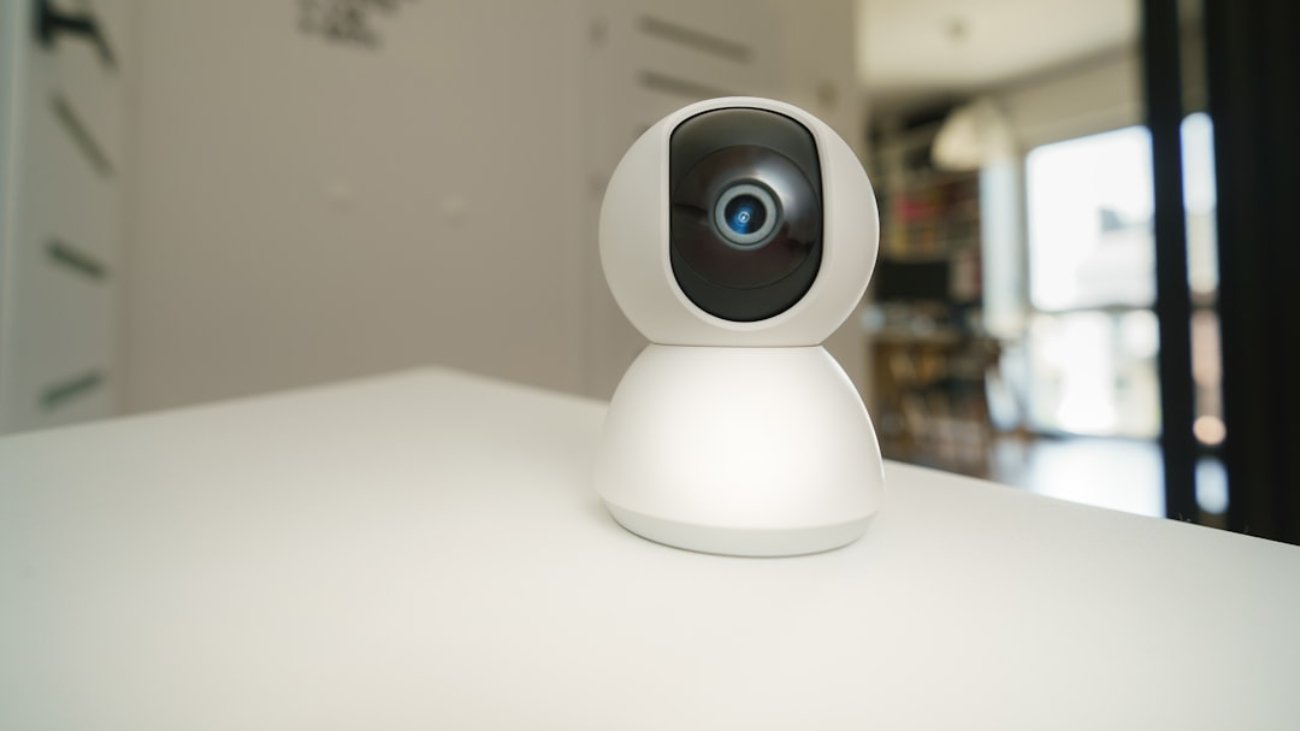Facial recognition technology has rapidly evolved over the past few years. It uses algorithms to identify and verify individuals based on their facial features. This technology is now found in various applications, from unlocking smartphones to enhancing security in public spaces.
The process involves capturing an image of a person’s face, analyzing it, and comparing it to a database of known faces.
The rise of facial recognition has sparked interest and debate.
On one hand, it offers convenience and security benefits. On the other hand, it raises significant concerns about privacy and ethics. As more businesses and governments adopt this technology, understanding its implications becomes crucial.
Key Takeaways
- Facial recognition technology uses biometric data to identify individuals based on their unique facial features.
- Privacy concerns and legal implications arise from the collection and storage of sensitive facial recognition data without consent.
- Bias and discrimination in facial recognition systems can lead to misidentification and unjust treatment of certain groups.
- Ethical considerations in home security involve balancing the benefits of facial recognition with the potential invasion of privacy and misuse of data.
- Potential misuse of facial recognition data includes unauthorized surveillance, tracking, and profiling of individuals without their knowledge or consent.
- Transparency and consent are crucial in facial recognition systems to ensure that individuals are aware of how their data is being used and have the option to opt out.
- Regulation and oversight play a key role in ensuring that facial recognition technology is used ethically and responsibly, with clear guidelines and accountability.
- Ethical alternatives to facial recognition in home security include non-biometric methods such as motion sensors, smart locks, and encrypted security cameras.
Privacy Concerns and Legal Implications
One of the most pressing issues surrounding facial recognition technology is privacy. Many people are uncomfortable with the idea of being constantly monitored and identified without their consent. This concern is heightened in public spaces where individuals may not be aware that their faces are being scanned and analyzed.
The potential for misuse of this data raises questions about personal freedom and autonomy. Legal implications also come into play when discussing facial recognition. Different countries have varying laws regarding data protection and privacy.
In some places, there are strict regulations that govern how personal data can be collected and used. In others, the laws may be more lenient, allowing companies to use facial recognition with minimal oversight. This inconsistency can lead to confusion and potential violations of individuals’ rights, making it essential for lawmakers to address these issues comprehensively.
Bias and Discrimination in Facial Recognition

Another significant concern with facial recognition technology is the potential for bias and discrimination. Studies have shown that these systems can be less accurate when identifying individuals from certain racial or ethnic backgrounds. For example, some algorithms may struggle to accurately recognize faces of people with darker skin tones or those who do not fit typical facial feature profiles.
This can lead to unfair treatment and reinforce existing societal biases. The consequences of biased facial recognition can be severe. Misidentifications can result in wrongful arrests or denial of services based on inaccurate data.
This not only affects individuals but also undermines trust in law enforcement and technology as a whole. Addressing these biases is crucial for ensuring that facial recognition technology is fair and equitable for everyone.
Ethical Considerations in Home Security
Facial recognition technology is increasingly being used in home security systems. Homeowners may feel safer knowing that their security cameras can identify familiar faces and alert them to potential intruders. However, this raises ethical questions about surveillance within private spaces.
While homeowners have the right to protect their property, the constant monitoring of family members and guests can feel invasive. Moreover, the use of facial recognition in home security can lead to unintended consequences. For instance, if a system misidentifies a family member as an intruder, it could create unnecessary panic or conflict.
Additionally, there is the risk that sensitive data collected by these systems could be accessed by unauthorized individuals or used for purposes beyond home security. Striking a balance between safety and privacy is essential for ethical home security practices.
Potential Misuse of Facial Recognition Data
The potential misuse of facial recognition data is another critical issue that cannot be overlooked. Once facial data is collected, it can be stored and analyzed in ways that individuals may not anticipate. For example, companies could sell this data to third parties or use it for targeted advertising without consent.
This raises significant ethical concerns about how personal information is handled and shared. Moreover, there is a risk that governments could use facial recognition data for surveillance purposes beyond what is necessary for public safety. This could lead to a society where individuals are constantly monitored, stifling free expression and dissent.
The potential for abuse highlights the need for strict guidelines on how facial recognition data can be used and who has access to it.
Transparency and Consent in Facial Recognition Systems

Education is Key
Many people may not fully comprehend how facial recognition works or the implications of its use. Therefore, educating the public about these technologies is crucial. Companies should provide accessible information about their systems, including how they ensure accuracy and protect user data.
Building Trust through Transparency
By fostering transparency, organizations can help alleviate some concerns surrounding facial recognition technology. This includes providing clear and concise information about how data will be used and stored, as well as ensuring that individuals have the option to opt out if they choose.
Achieving Ethical Facial Recognition Practices
Ultimately, transparency and consent are vital components of ethical facial recognition practices. By prioritizing education, transparency, and user consent, organizations can work towards building trust with their users and ensuring that facial recognition technology is used in a responsible and ethical manner.
The Role of Regulation and Oversight
Regulation plays a significant role in shaping the future of facial recognition technology. Governments must establish clear laws that protect individuals’ rights while allowing for innovation in security solutions. Effective regulation can help prevent misuse of data and ensure that facial recognition systems are used responsibly.
Oversight is equally important in maintaining accountability among companies that develop and deploy facial recognition technology. Independent audits and assessments can help identify biases or inaccuracies within these systems. By holding organizations accountable for their practices, regulators can promote ethical use of technology while safeguarding public interests.
Ethical Alternatives to Facial Recognition in Home Security
As concerns about facial recognition grow, exploring ethical alternatives becomes increasingly important. One option is using traditional security measures such as keypads or smart locks that do not rely on biometric data. These systems can provide security without the privacy concerns associated with facial recognition.
Another alternative is implementing community-based security solutions that rely on neighborhood watch programs or local surveillance networks managed by residents rather than corporations or governments. These approaches foster a sense of community while prioritizing individual privacy rights. By considering these alternatives, homeowners can enhance their security without compromising their values or personal freedoms.
In conclusion, while facial recognition technology offers numerous benefits, it also presents significant challenges related to privacy, bias, ethics, and potential misuse. As society continues to navigate these complexities, it is essential to prioritize transparency, consent, regulation, and ethical alternatives to ensure that technology serves the public good without infringing on individual rights.
FAQs
What is facial recognition technology in home security?
Facial recognition technology in home security uses algorithms to identify and verify individuals based on their unique facial features. It can be used to grant access to a home, monitor for unauthorized individuals, and provide personalized security settings.
How does facial recognition technology work in home security systems?
Facial recognition technology in home security systems uses cameras to capture an individual’s facial features, which are then analyzed and compared to a database of known faces. If a match is found, the system can take action such as unlocking a door or sending an alert.
What are the ethical concerns surrounding facial recognition in home security?
Ethical concerns surrounding facial recognition in home security include issues of privacy, consent, accuracy, and potential misuse of the technology. There are also concerns about the potential for bias and discrimination in the recognition of individuals.
What are the potential benefits of using facial recognition in home security?
The potential benefits of using facial recognition in home security include enhanced convenience, improved security, and the ability to customize settings for different individuals. It can also provide a deterrent to potential intruders.
What are some considerations for using facial recognition in home security ethically?
Considerations for using facial recognition in home security ethically include obtaining informed consent from individuals, ensuring the accuracy and reliability of the technology, and implementing safeguards to prevent misuse or abuse of the data collected. It is also important to address potential biases and discrimination in the technology.







